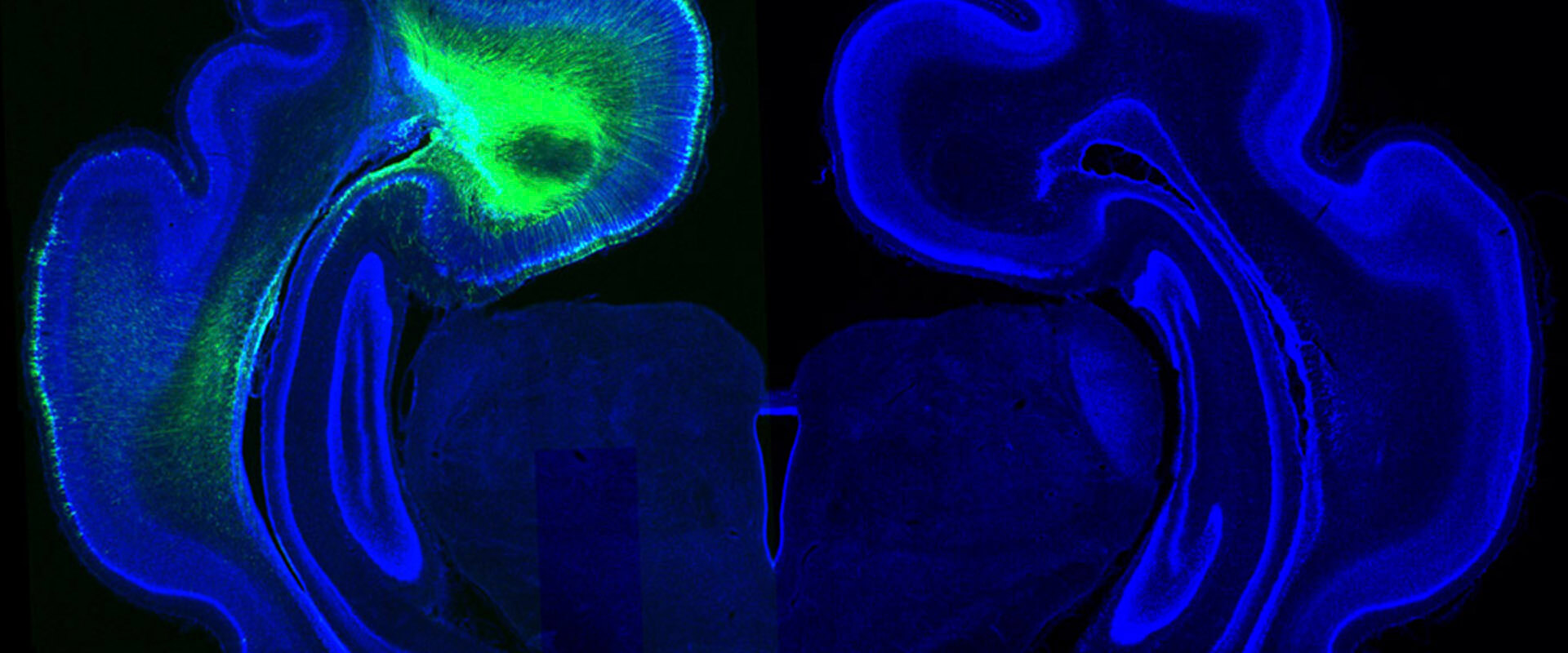Contact repulsion controls the dispersion and final distribution of Cajal-Retzius cells
Cajal-Retzius (CR) cells play a fundamental role in the development of the mammalian cerebral cortex. They control the formation of cortical layers by regulating the migration of pyramidal cells through the release of Reelin. The function of CR cells critically depends on their regular distribution throughout the surface of the cortex, but little is known about the events controlling this phenomenon.
Using time-lapse video microscopy in vivo and in vitro, Verona Villar-Cerviño and colleagues found that the movement of CR cells is regulated by repulsive interactions, which leads to their random dispersion throughout the cortical surface. Mathematical modeling revealed that contact repulsion is both necessary and sufficient for this process, which demonstrates that complex neuronal assemblies may emerge during development through stochastic events. At the molecular level, they found that contact repulsion is mediated by Eph/ephrin interactions. These observations reveal a mechanism that controls the even distribution of neurons throughout the surface of the cerebral cortex and how this mechanism also regulates the formation of boundaries between cortical territories occupied by different classes of CR cells.

 Español
Español

